Narumi Oribe Guinomi (Sake Cup) by Hideki Yanashita
Narumi Oribe Guinomi (Sake Cup) by Hideki Yanashita
Couldn't load pickup availability
Width 6.9cm Height 4.9cm
By Toki Yanagishita - A vessel where color and earth intertwine, holding a fault line of memory in the palm of your hand
Many different scenes and memories are layered within one small container.
The Narumi Oribe Sake Cup by Yanashita Hideki is a masterpiece of modern Oribe ware that allows you to experience this "multi-layered visual experience" and "harmonious design" in the palm of your hand.
It could be described as a dense "microcosm" that inherits the free and easy spirit of Momoyama pottery while incorporating the serenity and refinement of the modern era.
The appeal of Narumi Oribe, a "complex pottery"
Narumi Oribe is a style of Oribe ware that requires particularly advanced technique and compositional ability.
It is a piece that can truly be described as a "comprehensive art of pottery," in that different clays, glazes, and lines all coexist on the vessel, maintaining harmony without confusion.
The essence of Narumi Oribe's beauty lies not in the beauty of a single piece, but in the resonance and sympathy of different elements that create a new landscape.
Mr. Yanagishita has beautifully captured the essence of Narumi Oribe in the palm of his hand.
Within the limited space of a sake cup, the glaze, clay, painting, and shape quietly but with a firm presence intertwine, carefully conveying the world of Oribe to the drinker's eyes, hands, and senses.
Layers of color and texture: the richness of "seeing"
First of all, this sake cup has a very rich visual expression.
Part of the vessel is covered with a layer of white clay, on which iron painting is applied with light brushstrokes. The lines are simple and restrained, yet they are drawn as if in dialogue with the clay, and the lines sway slightly under the glaze, giving the impression of a quiet breathing.
Meanwhile, on the other side of the vessel, a copper-green glaze flows gently down, revealing the deep, rich color of "Oribe green."
The muted green, reminiscent of the dampness of moss or the hint of light sinking into the shade of a tree in a garden, permeates the vessels as a breathing landscape, rather than as a decoration.
The reddish brown color of the clay itself also plays a beautiful role. The roughness of the unglazed base and the fire colors that emerge during firing are naturally revealed, and the green, white, and red clay coexist as if in dialogue with each other.
The shape of the sake cup tells us about the landscape in the palm of your hand
Unlike "showy vessels" such as teacups or bowls, sake cups are vessels with an extremely physical nature that are evaluated based on how they are picked up, brought to the lips, and even the sensations they transmit in the mouth .
In addition to its visual appeal, this Narumi Oribe sake cup by Mr. Yanagishita is also filled with the "joy of using" it as a vessel.
The rim is slightly thin, making it extremely smooth to the touch. The body is plump, yet has a soft curve that allows your fingers to fit naturally, and it fits comfortably in the palm of your hand.
This "beauty for use" sets these pieces apart from mere decorative tableware, creating art that is part of everyday life.
Narumi Oribe as a "fault line of memory" in pottery
What is particularly noteworthy about this vessel is its "multi-layered surface."
The white clay, iron painting, glaze, and base material - each of these overlaps but does not blend into one another and continue to exist as a single layer.
It is as if the surface is an intersection of past and present, like an archaeological stratum.
This Narumi Oribe sake cup is truly a "fault line in memory."
At first glance, they seem like abstract paintings, but also have a certain resemblance to landscape paintings, gently stirring the memories and emotions of the viewer. To some, they may appear as a moss garden, to others as fragments of an old map, and to others as architecture from a dream.
Mr. Yanagishita has skillfully woven such "space that resonates with the memories of each individual" into this small vessel.
The Modern Form of Oribe
Oribe ware is a symbol of Momoyama pottery, emphasizing freedom, variety, color, and decoration in contrast to Sen no Rikyu's wabi tea.
Among these styles, Narumi Oribe is perhaps the one that pursues the most structured and complex beauty.
Yanagishita Tokiki expresses the spirit of Narumi Oribe without making excessive assertions, but rather as a quiet harmony.
It is as if the shapes resonate together like a chord. There is no central role, and all the elements are of equal rank, yet the unity of the piece is not lost - it teaches us the beauty of the coexistence of different values.
Vessels that grow together - color, soil, and your time
Another attractive feature of this vessel is that it is a "vessel for growth."
As the vessel is used, the surface of the glaze will craze and tiny stains will appear, and the properties of the sake will permeate the vessel.
It's not deterioration, but a "record of the time we spent together."
The Oribe green, white mud, and red clay all gradually change appearance, becoming a unique "landscape" for the user.
This Narumi Oribe sake cup is a beautiful tool that grows with time, with the deepening of the relationship between the vessel and the person already woven into it.
With each sip, the view changes. This is exactly the quiet concept of Mr. Yanagishita, who believes that the vessel should accompany the user throughout their life.
Hideki Yanashita Profile
Ceramicist 1967 –
Born in Tokyo, Yanagishita is currently based in Iga, Mie Prefecture. Fascinated by pottery from the Momoyama period, he embarked on the path of ceramics. After training in Shigaraki, he built his own anagama kiln in Iga, Mie Prefecture, and opened the Kanda Kiln. Under the tutelage of Sadamitsu Sugimoto, Yanagishita has been creating a wide variety of works , including Raku ware, Yakishime, Ido, and Oribe, while deeply exploring the world of wabi-sabi from his own unique perspective. An important theme in Yanagishita's creations is the quest for new heights , born from the incorporation of modern materials and unique approaches while deeply studying the techniques and spirit of his predecessors. His works question essential beauty that is timeless, and invite the viewer into a deeper world of art.
Base of operations : Iga, Mie Prefecture
Share
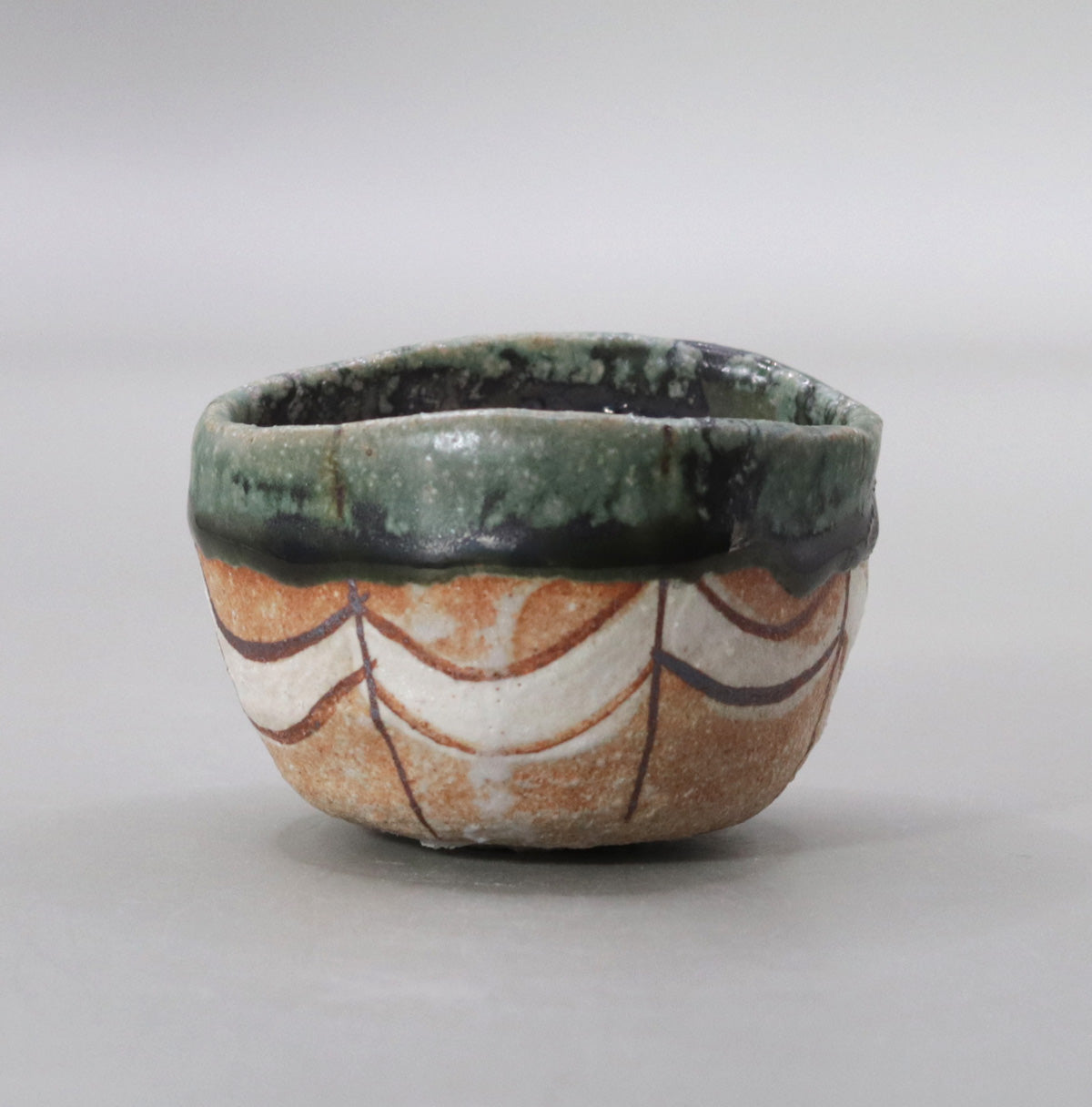
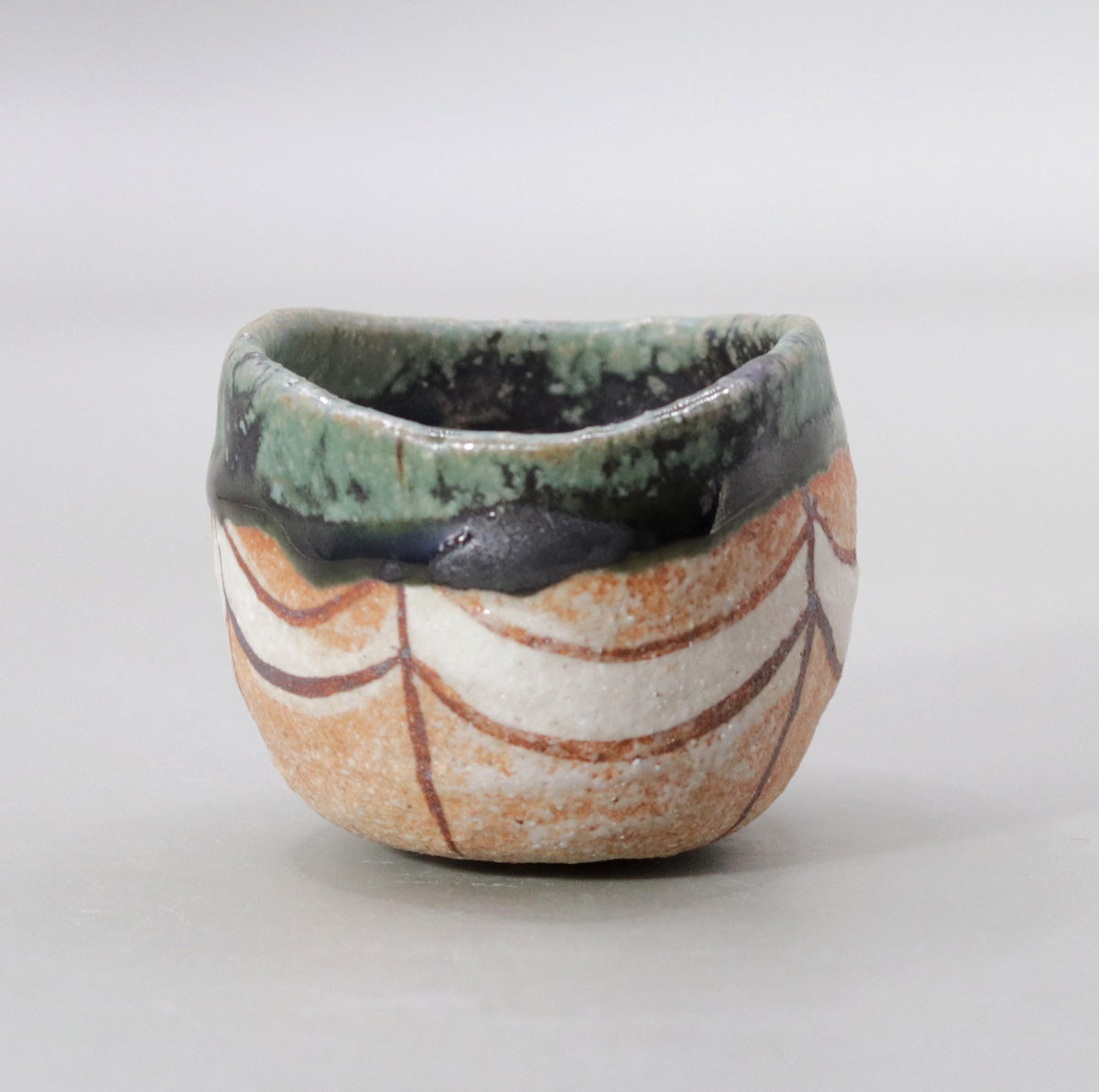
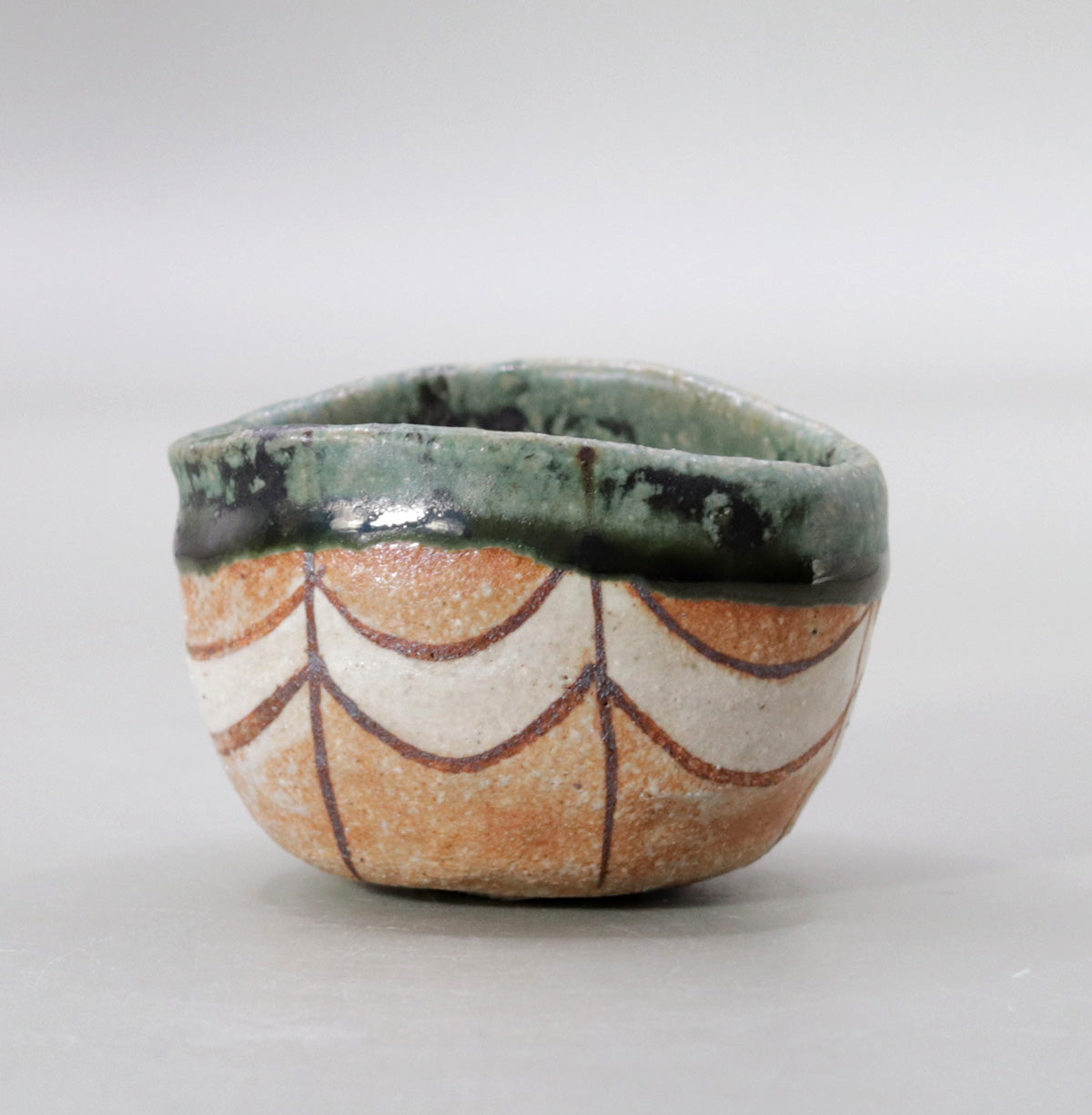
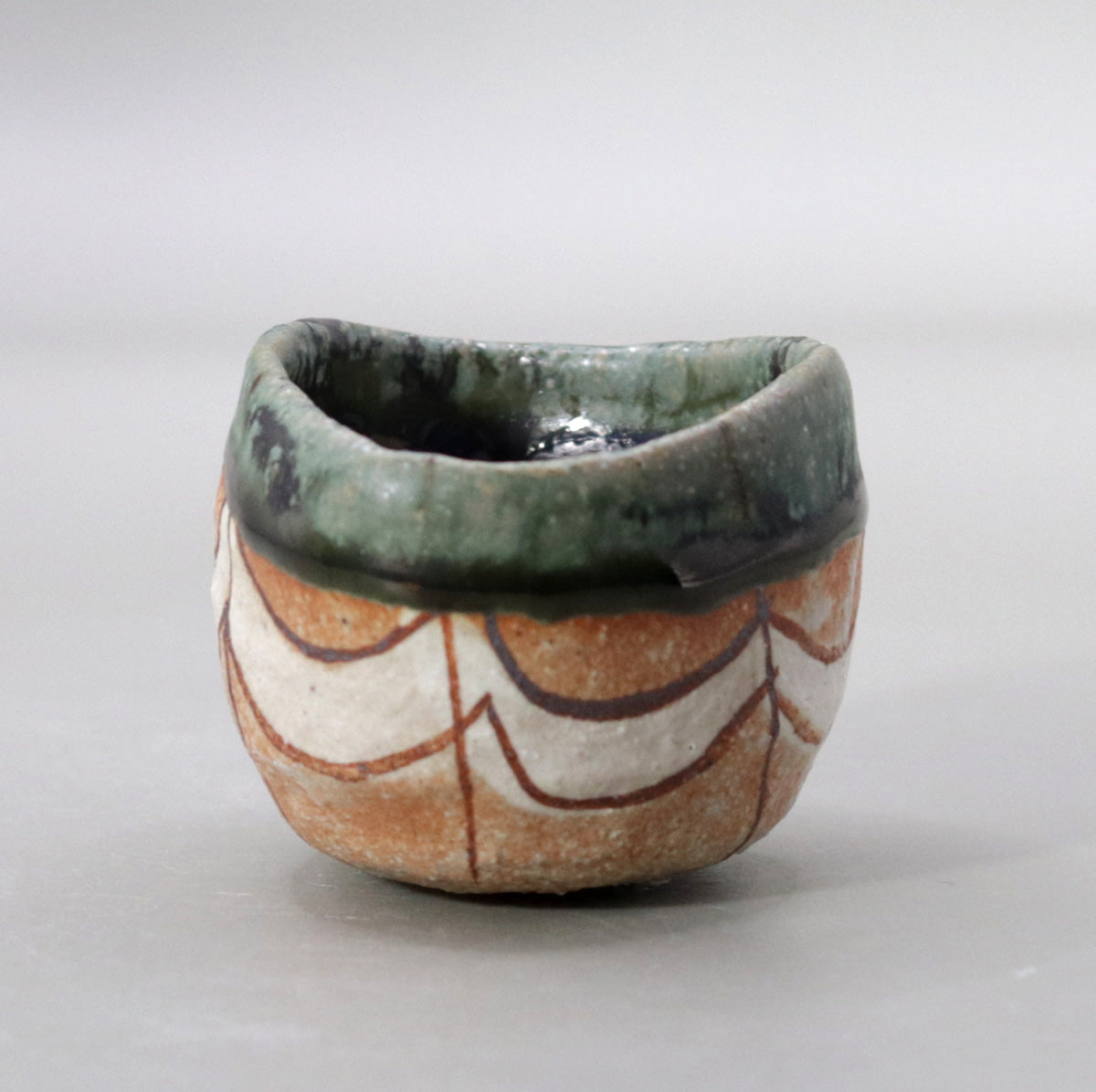
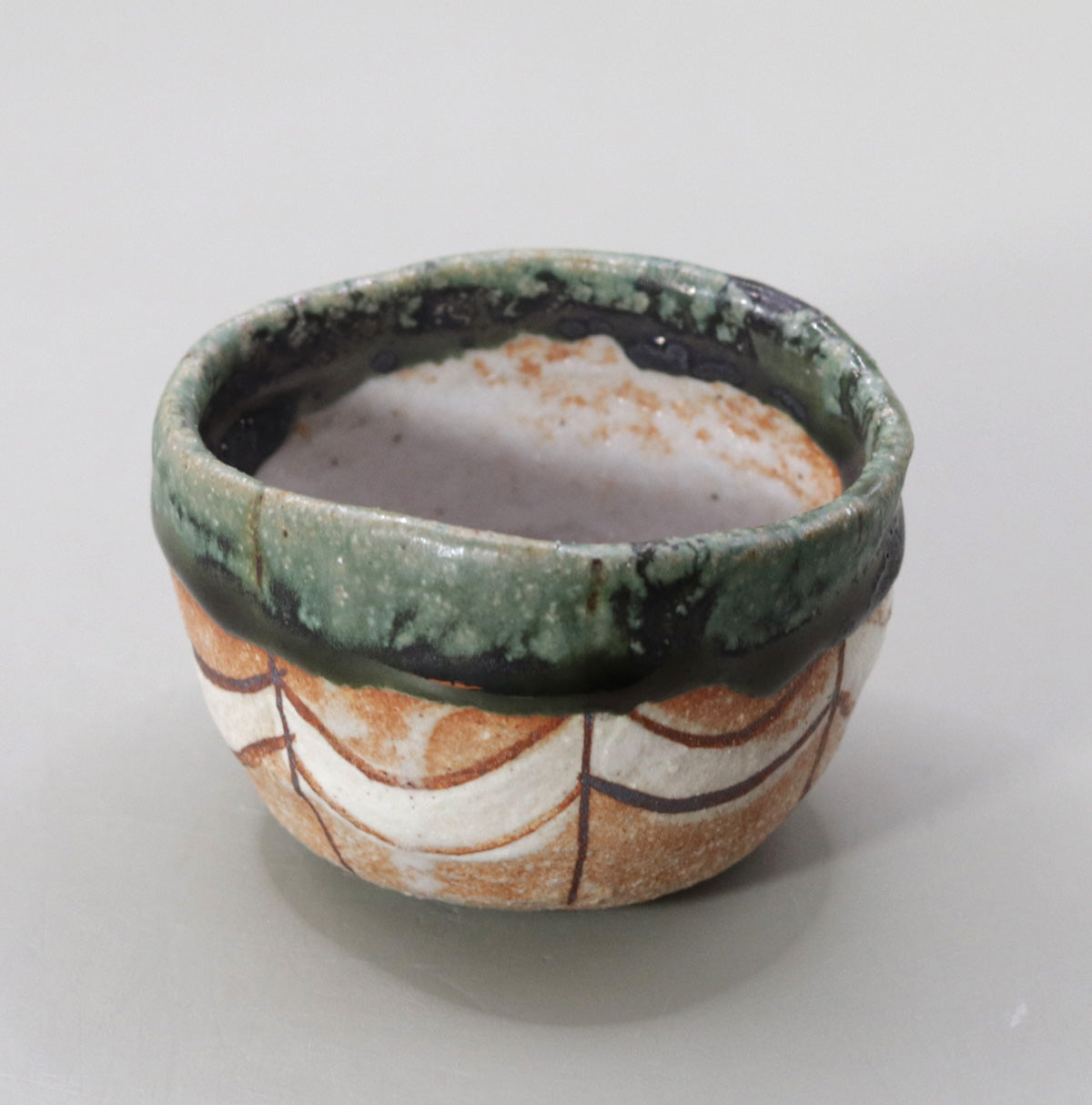
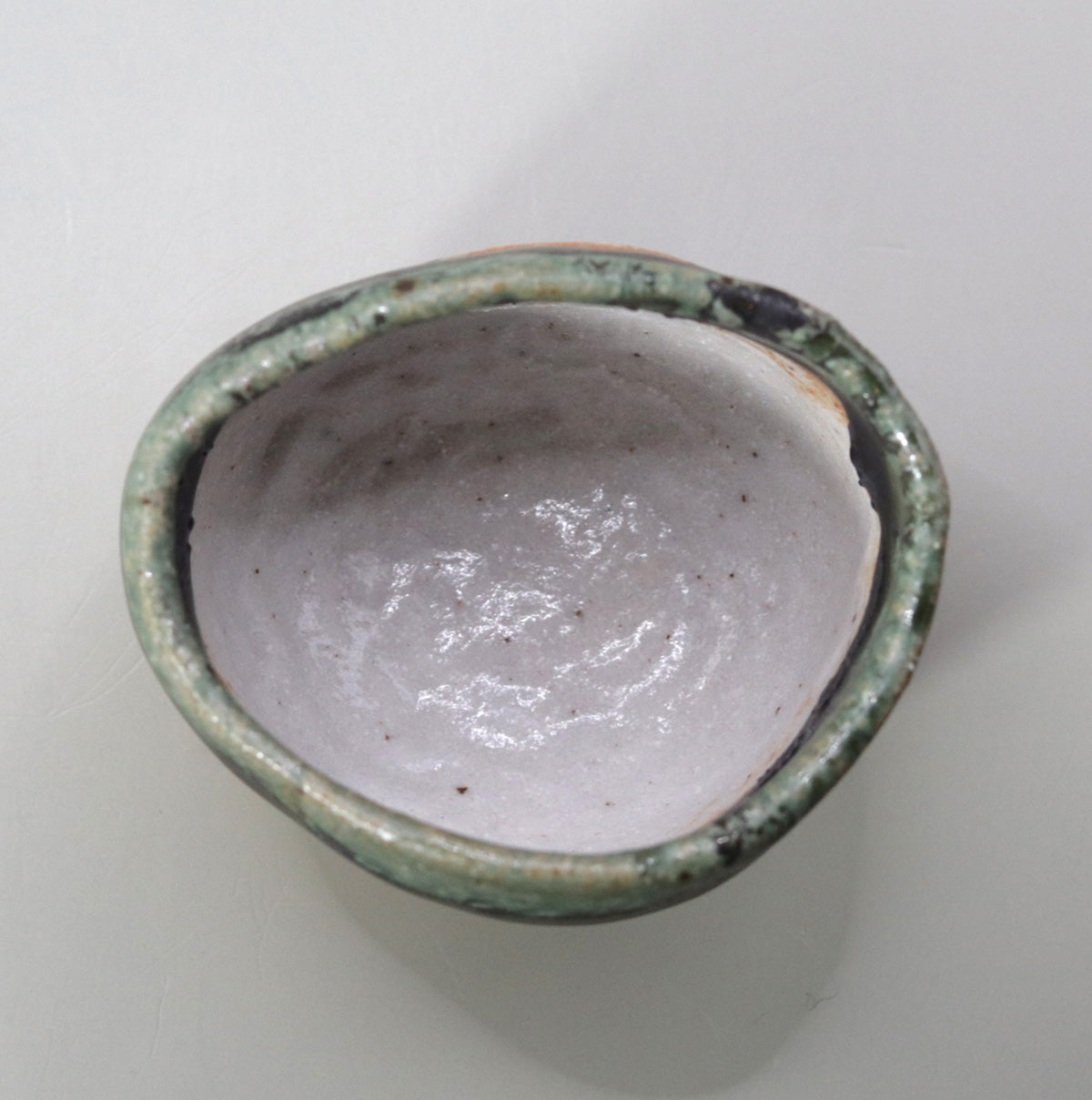
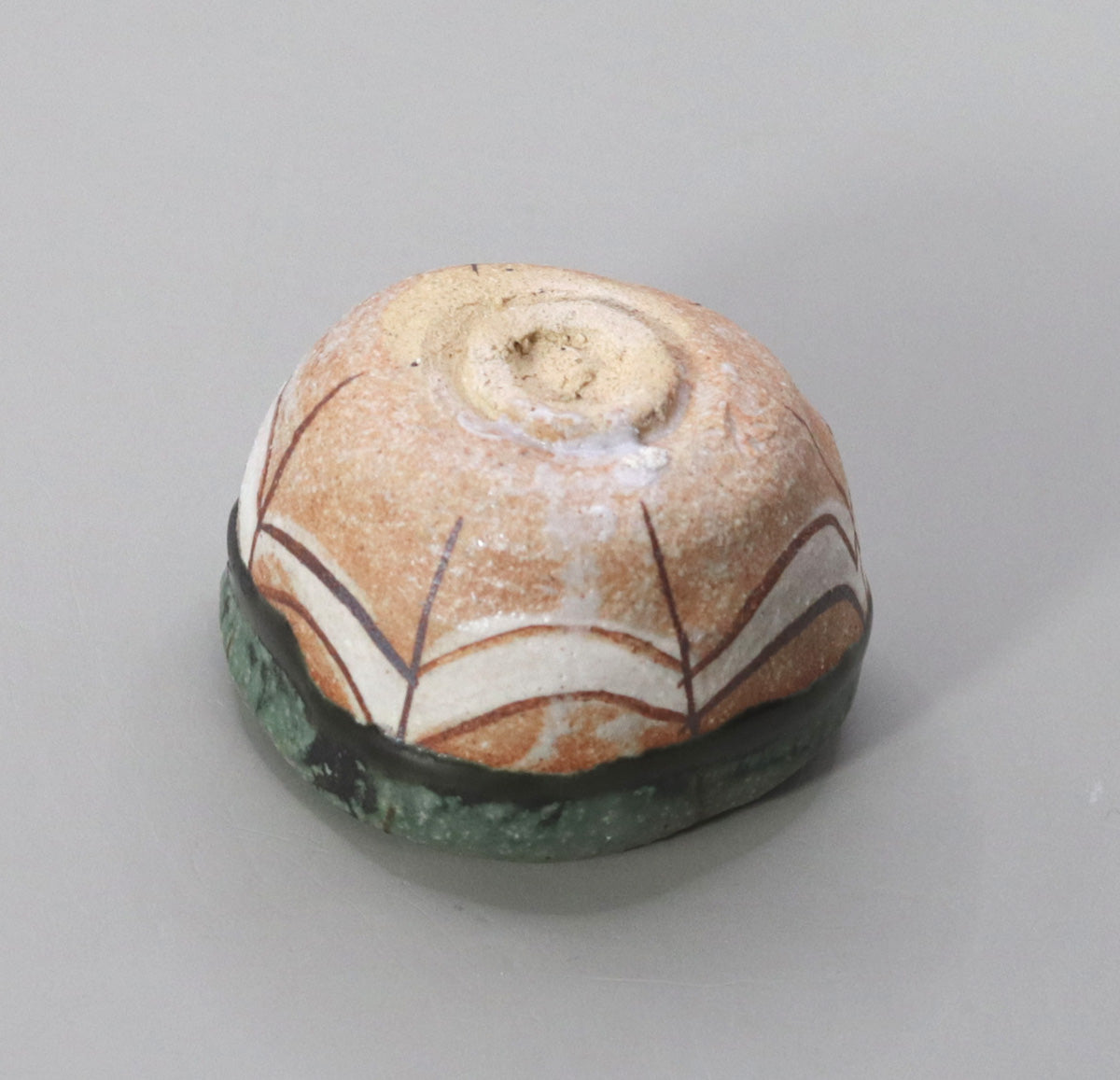
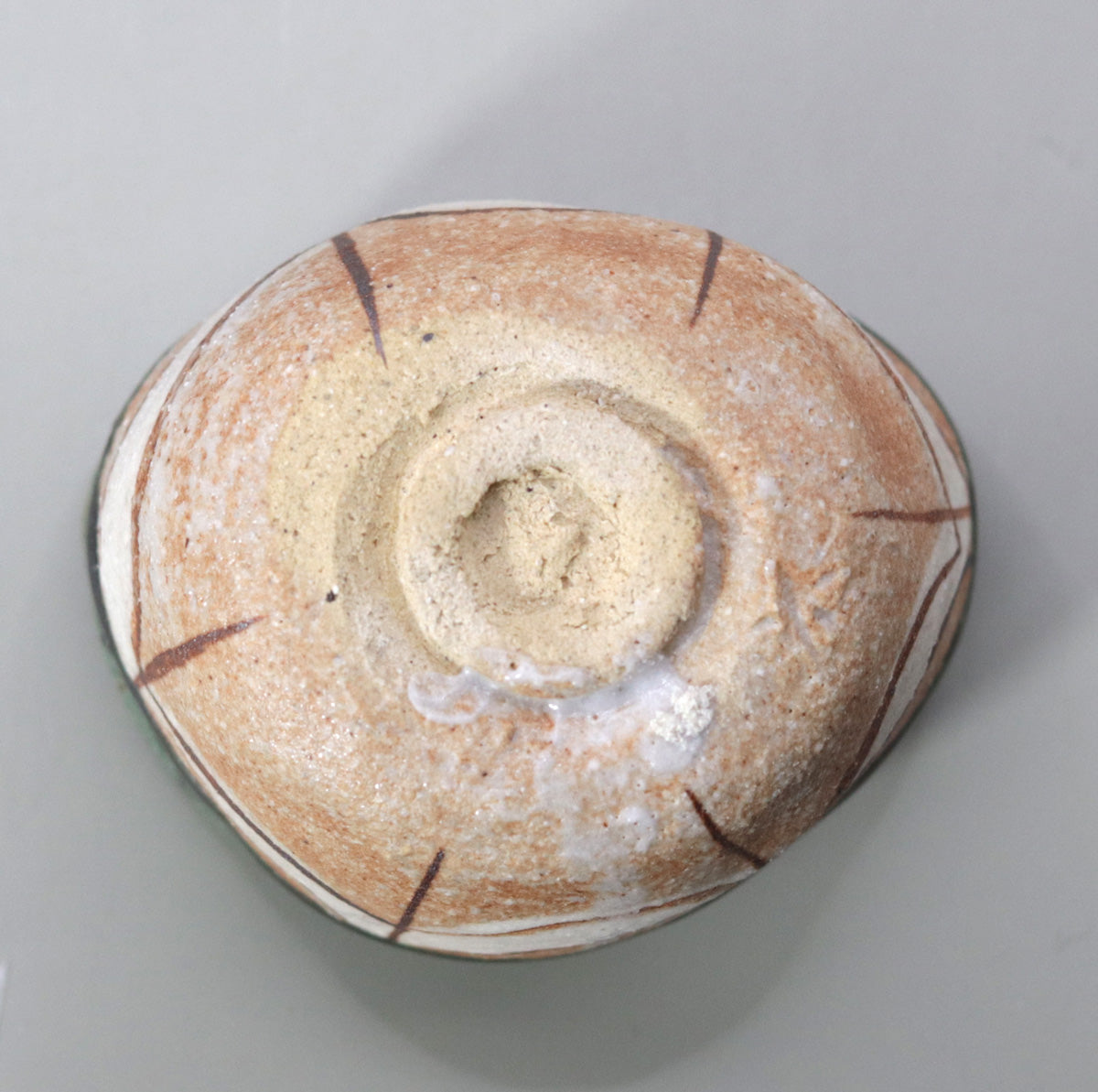
Multi-Column
-
[I will send it to you quickly and carefully]
We carefully package each product in a way that suits it best.
Also, delivery times vary depending on the piece (vessel, etc.).
Items that already come with a box will be shipped within 1-3 days of the order date.
For items that require a box to be made after your order, it will take approximately 30 days for production to be completed and then shipped.
In either case, once we have confirmed your order, we will contact you by email to inform you of the delivery date.
-
[Requests when purchasing pottery]
Even products that look the same may differ slightly in color, shape, size, etc.
The way the glaze is used, the power of the kiln, the firing method, the season, and the humidity also affect the appearance of the pottery.
Please understand the individuality of each piece of pottery and enjoy the unique warmth of handmade.








